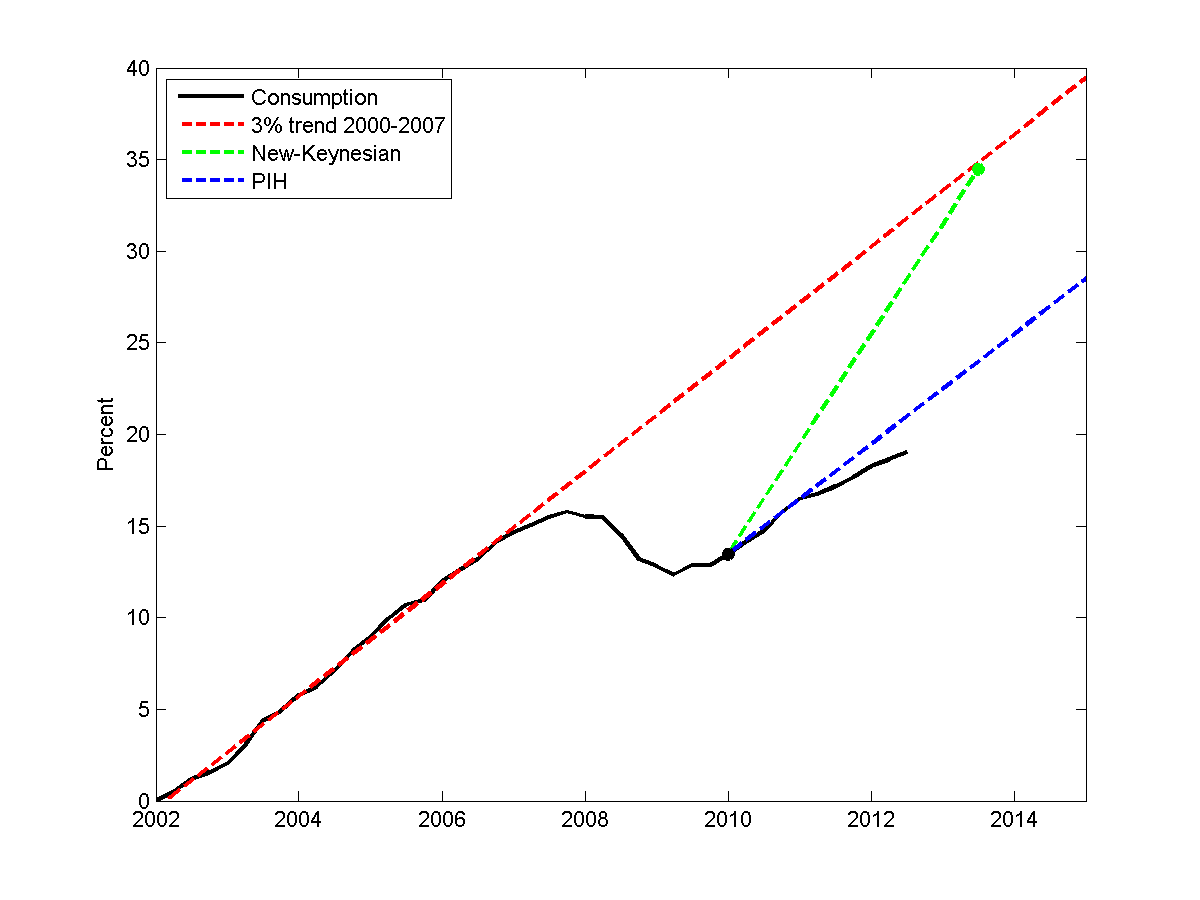

Second, Kuznets’s study suggested that years when the APC was below the long-run average occurred during periods of economic slump. This meant that along trend the C =f (Y) function was a straight line passing through the origin, as shown in Fig 1. So the MPC equaled the APC as income grew along trend. First, over the long run the APC showed no tendency to decline. Kuznets’ data pointed out two important things about consumption behaviour.
CONSUMPTION ECONOMICS SERIES
In 1946, Simon Kuznets published a study of consumption and saving behaviour on the basis of time series data. One of the most debated problems with respect to the nature of the consumption-income relationship has been whether the basic relationship is one of proportionality or, as Keynes thought, and, as the data suggest, one in which the proportion of consumption to income could be expected to decline as income rose. Theory and Evidence of Consumption Function : These theories are still provide strong microeconomic foundation for macroeconomics.Įssay # 3. When the gap did not seem to appear, the stage was set for a few more sophisticated techniques of income-consumption relationship. This is the essence of Keynes’s absolute income hypothesis.Īlvin Hansen (1939) predicted that a secular stagnation would result unless government spending filled this growing gap between output and consumption. In other words, these studies estimated that the MPC was less than APC. In contrast, consumption function fitted to depression era or cross-section data indicated that the APC declined as DI rose. In larger time series, consumption seemed to vary around a constant fraction of DI. So, there was need for refinement of the Keynesian consumption function. Yet substantial shifts in the function were soon observed by empirical studies. The reason is that the current level of DI is the central factor determining a nation’s consumption. Keynes believed this income-consumption relationship to be a fairly stable one. It uses only the current income to predict consumer expenditure.


The Keynesian theory of consumption shows that the current level of disposable income (DI) is the central factor determining a nation’s consumption.

The latter assertion was justified by referring to the diminishing marginal utility of current consumption at higher levels of income. Consumption functions are sometimes defined for individual households, but their main role is determining total national consumption in a macroeconomic model.Īlthough Keynes catalogued many subjective and objective factors which affect consumption, he argued that consumption depends mainly on the total net income of consumer and that the MPC would be less than the APC (the ratio of consumption to income or the average propensity to consume). The consumption function relates total consumption to the level of income or wealth and, perhaps, other variables. Since 1936, the consumption function has developed from little more than a rule of thumb to a sophisticated empirical model of aggregate consumption expenditure. The theory of consumer behaviour has evolved over the last seven decades from a set of statements about how consumers allocate a given income among a set of purchased goods and services to a theory incorporating concerns about the division of income between saving and spending. In the former, consumption is mainly a function of income, whereas in the latter, consumption is primarily, but not exclusively, a function of production. Demand is a key concept in both macroeconomics and microeconomics. The concept of consumption originates from the concept of demand.


 0 kommentar(er)
0 kommentar(er)
